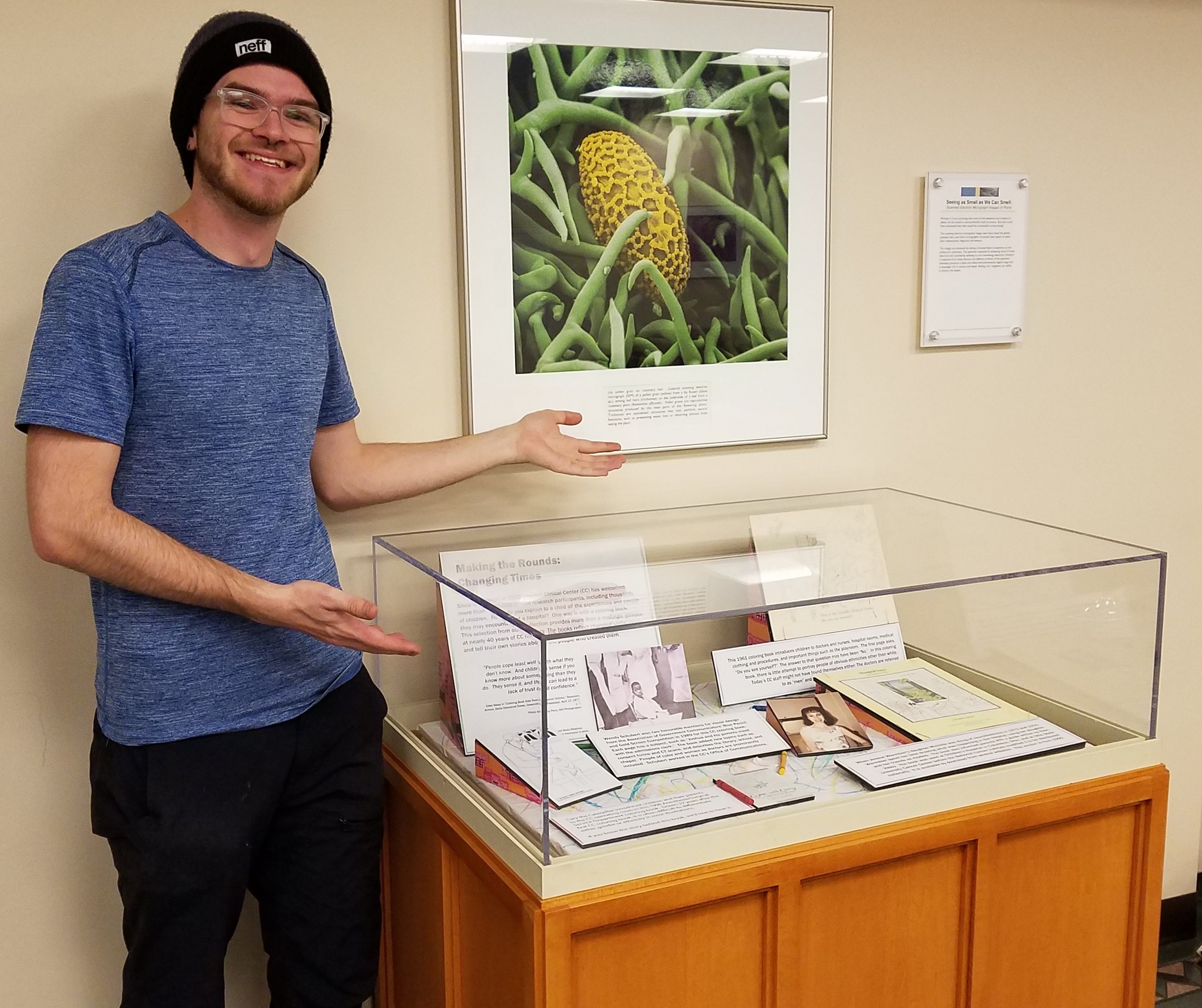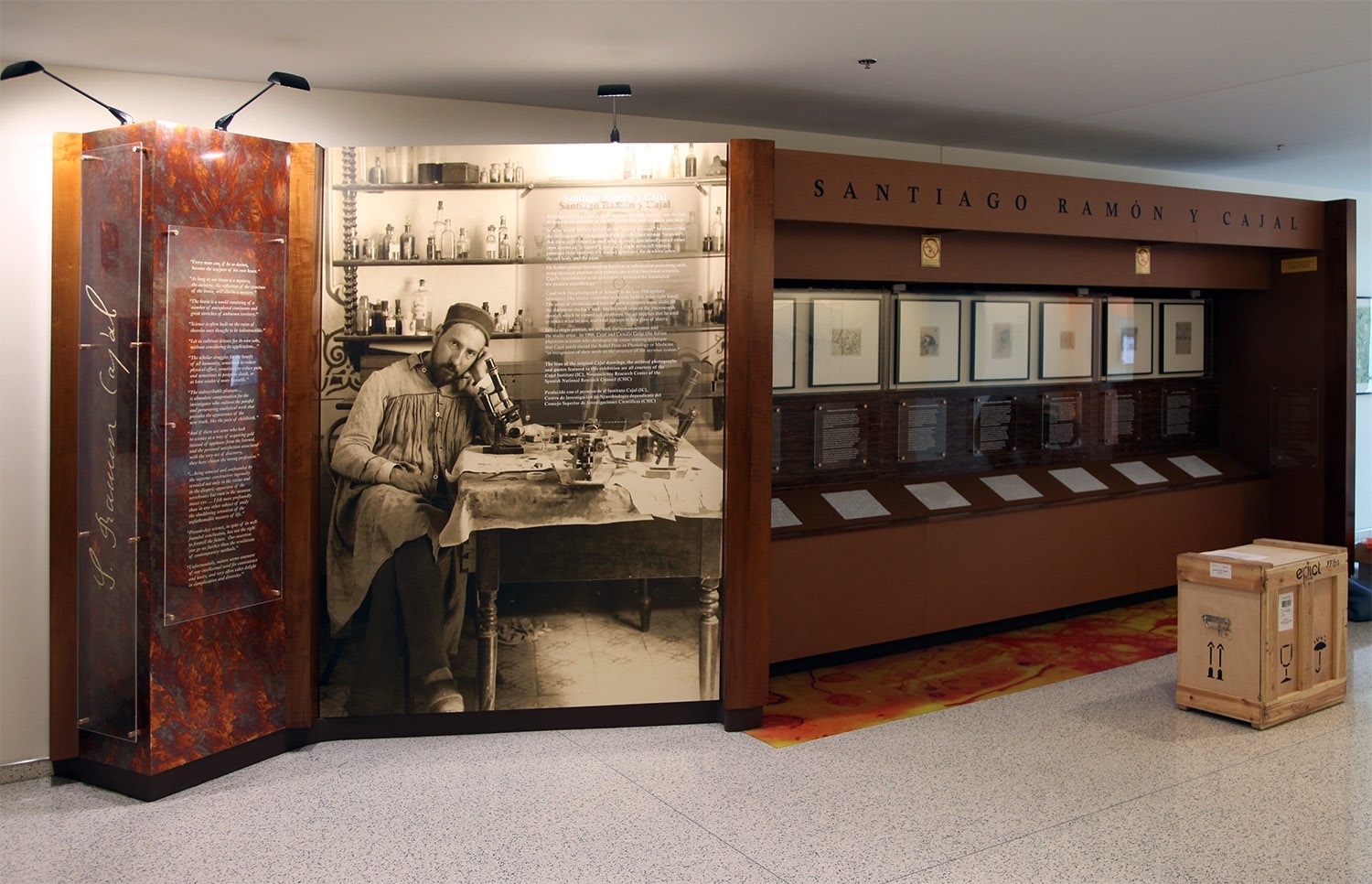The NIH Stetten Museum preserves and interprets the history of the twenty-seven institutes and centers of the National Institutes of Health, using scientific and non-scientific artifacts, photographs and film, oral histories, and other documentation. The Museum uses a variety of methods such as virtual and physical exhibits, social media, and publications to make this history available to the public and to historical researchers.
The DeWitt Stetten, Jr., Museum of Medical Research
Lorem ipsum dolor sit amet, consectetur adipiscing elit. Aliquam fermentum vestibulum est. Cras rhoncus. Pellentesque habitant morbi tristique senectus et netus et malesuada fames ac turpis egestas. Sed quis tortor. Donec non ipsum. Mauris condimentum, odio nec porta tristique, ante neque malesuada massa, in dignissim eros velit at tellus. Donec et risus in ligula eleifend consectetur. Donec volutpat eleifend augue. Integer gravida sodales leo. Nunc vehicula neque ac erat. Vivamus non nisl. Fusce ac magna. Suspendisse euismod libero eget mauris. Ut ligula. Maecenas consequat. Aliquam placerat. Cum sociis natoque penatibus et magnis dis parturient montes, nascetur ridiculus mus. Nulla convallis. Ut quis tortor. Vestibulum a lectus at diam fermentum vehicula. Mauris sed turpis a nisl ultricies facilisis. Fusce ornare, mi vitae hendrerit eleifend, augue erat cursus nunc, a aliquam elit leo sed est. Donec eget sapien sit amet eros vehicula mollis. In sollicitudin libero in felis. Phasellus metus sem, pulvinar in, porta nec, faucibus in, ipsum. Nam a tellus. Aliquam erat volutpat. Sed id velit ut orci feugiat tempus. Pellentesque accumsan augue at libero elementum vestibulum. Maecenas sit amet metus. Etiam molestie massa sed erat. Aenean tincidunt. Mauris id eros. Quisque eu ante. Fusce eu dolor. Aenean ultricies ante ut diam. Donec iaculis, pede eu aliquet lobortis, wisi est dignissim diam, ut fringilla eros magna a mi. Nulla vel lorem. Donec placerat, lectus quis molestie hendrerit, ante tortor pharetra risus, ac rutrum arcu odio eu tortor. In dapibus lacus nec ligula. Aenean vel metus. Nunc mattis lorem posuere felis. In vehicula tempus lacus. Phasellus arcu. Nam ut arcu. Duis eget elit id eros adipiscing dignissim.
70 Acres of Science
70 Acres of Science: The National Institute of Health Moves to Bethesda
Michele Lyons - Curator, National Institutes of Health DeWitt Stetten Jr., Museum of Medical Research
The NIH is the biomedical research organization of the federal government. Why is a government agency located in Bethesda, apparently masquerading as a university? The simple answer is that in the late 1930s, the NIH needed more room and a wealthy couple donated some of their land. The more complex answer involves domestic politics, social reform, international relations, economic depression, scientific advances, and personal ambitions.
Download: 70acresofscience.pdf (12.3 MB)
A journey into NIH's past…and present
New display cases have been installed around campus. Read a comic book about Joseph Goldberger’s work in pellagra in the early 20th century at the Building 1, 3rd floor case. Be amazed at the variety of Clinical Center patches near the Hospitality Desk on the 1st floor of the Clinical Center. Think about the social context of coloring books from the Clinical Center by its 2nd floor cafeteria. And salute a leading woman investigator, Dr. Margaret Pittman, in the Building 60 lobby. Two cases are coming to the Vaccine Research Center, and one to Building 6.
Read More
Current set of seven neuroanatomy drawings by Santiago Ramón y Cajal will remain on rotation in Building 35.
Santiago Ramón y Cajal Exhibit
Current set of seven neuroanatomy drawings by Santiago Ramón y Cajal will remain on rotation in Building 35.
Social Media
Tweets by historyatnihOral histories are added on a regular basis.
Jin Kinoshita
Interview date: May 31, 2005 (NEI)
Makio Murayama
Interview date: November 15, 2001
The Office of NIH History holds photograph collections cataloged and uncataloged. Many can be found in on our Flickr site and in Search Our Collections. To request images for use in publications or presentations contact the Office of NIH History. Follow us on Twitter, Facebook and Tumblr.






